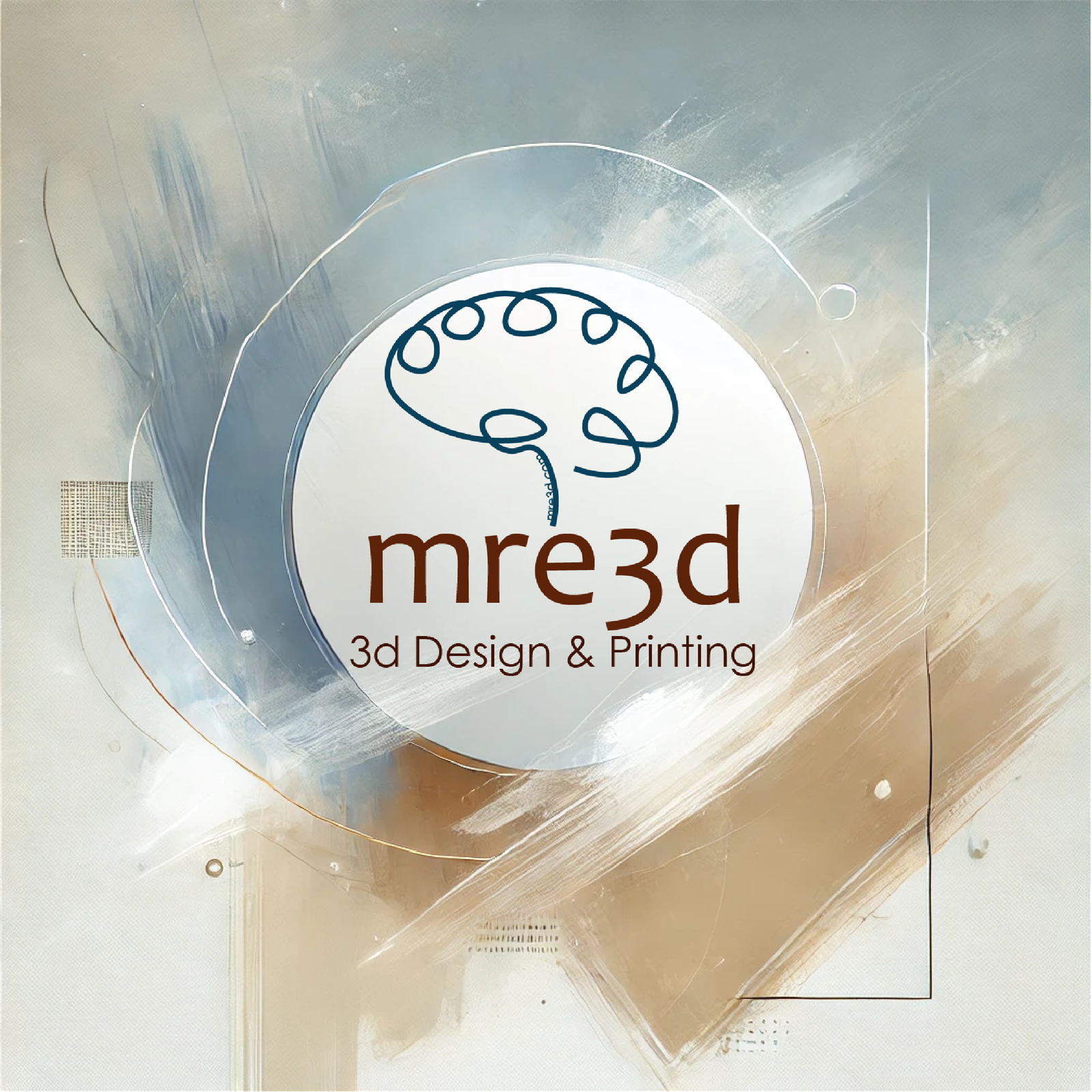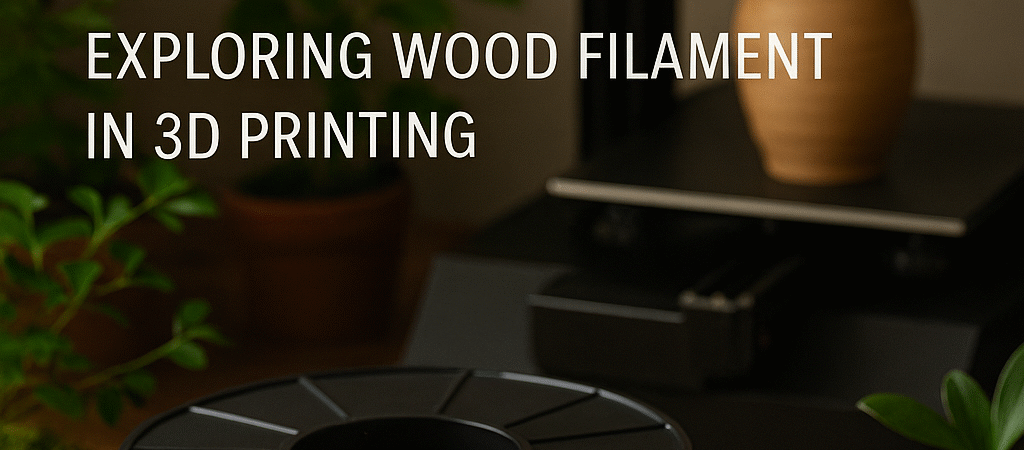In the ever-evolving world of 3D printing, new materials constantly expand what’s possible—and one of the most intriguing options out there is wood-infused filament. This unique blend combines the functional flexibility of traditional filaments with the look and feel of real wood.
Whether you’re prototyping a product or printing home decor, this filament brings a natural charm that’s hard to ignore. In this post, we’ll break down what wood-infused filament is, what makes it special, and how you can make the most of it in your 3D printing projects.
What Is Wood-Infused Filament?
Wood-infused filament (often called “wood filament”) is a composite material made by mixing fine wood particles—typically 20–30%—with a base polymer like PLA. The result is a filament that prints almost like standard PLA but produces objects that look and even smell like real wood.
Different brands offer variations that simulate types like oak, cedar, pine, birch, and more, giving you flexibility in both color and texture.
What Can You Make with Wood Filament?
Here are some common (and creative!) applications:
- Decorative Items
Think vases, planters, picture frames, and ornaments—anything where a wood-like finish adds charm and warmth. - Prototypes with a Rustic Look
Perfect for architectural models, furniture concepts, or product mockups where visual appeal matters as much as form. - Art and Sculptures
Artists love the organic feel of wood filament for sculptures and installations. It gives printed work a handcrafted appearance. - Educational Projects
A great teaching tool for introducing material science or sustainable printing. Students can see how material blends affect print quality and aesthetics. - Functional Components
While not the strongest material, it works well for low-stress parts like knobs, handles, and brackets—especially when a natural look is preferred.
Physical Characteristics: What to Expect
- Wood-Like Texture
Prints often have visible grain lines and subtle color variation that mimic real wood. You might even notice a woody scent while printing! - Lightweight
Like PLA, this material is light and well-suited for large prints without adding bulk. - Beginner-Friendly
If your printer handles PLA, it can likely handle wood filament too—with only minor tweaks. - Sandable & Paintable
Want a smoother surface or different finish? No problem—just sand it down or apply paints and stains like you would with real wood. - Eco-Conscious
Wood filament is biodegradable and compostable, making it one of the greener options for makers concerned with sustainability.
Pros of Printing with Wood-Infused Filament
✔️ Beautiful, Natural Finish
Nothing beats the warm, earthy look of wood.
✔️ Easy to Print
Similar temperature and settings to PLA, with good bed adhesion and low warping.
✔️ Customizable Finish
You can sand, stain, or paint it to match your exact style.
✔️ Lightweight and Biodegradable
Strong enough for decor and light-duty parts—without hurting the planet.
Cons to Watch Out For
❌ Not Built for Strength
It’s more brittle than PLA and significantly weaker than ABS, PETG, or Nylon.
❌ Clog-Prone
The wood particles can clog small nozzles. Use a 0.5mm nozzle or larger if possible, and clean regularly.
❌ Slightly Tricky Settings
You might need to tweak retraction and cooling to avoid stringing or burn marks.
❌ Higher Cost
Compared to basic PLA, wood filament tends to be more expensive—so budget accordingly.
Final Thoughts: Is It Worth Trying?
If you love the look of wood and want to elevate the aesthetic appeal of your 3D prints, wood-infused filament is absolutely worth experimenting with. It’s especially great for hobbyists, artists, teachers, and small business makers looking to stand out with a more natural finish.
Just keep in mind its limitations—it’s not a replacement for structural parts, but it’s unbeatable when it comes to style and vibe.
🪵 Have you tried printing with wood filament yet?
Share your experience or questions in the comments—we’d love to hear what you’ve made and what worked best for you!

